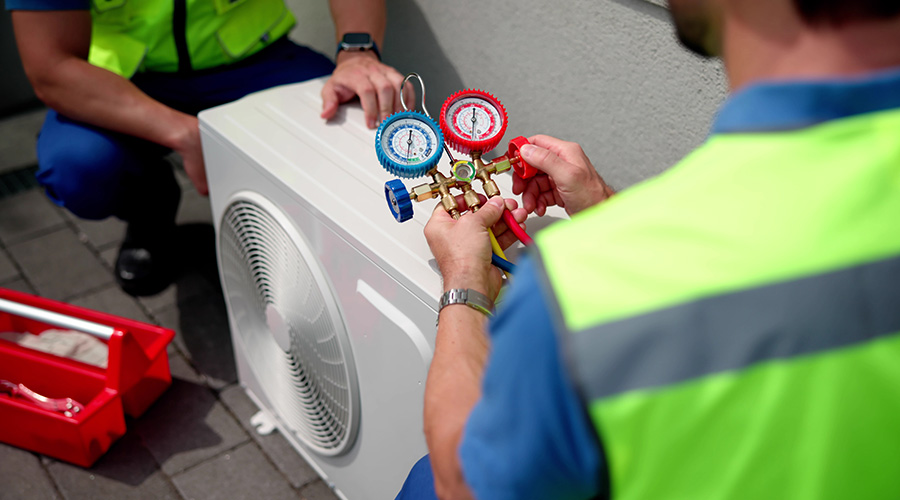Police recently responded to a reported shooting at Hoag Hospital in Newport Beach but found no evidence of an incident, and authorities are investigating the call as a possible swatting incident, Los Angeles Times reports.
Even though the incident was a false alarm, such situations create real challenges for healthcare facilities managers. Swatting is an act where false emergency calls are placed to emergency responders that reported a non-existing crisis at a certain location. The goal is to entice a response from law enforcement and create chaos or violence.
Healthcare facilities and other public institutions increasingly are targets of hoax threats, including swatting. These settings are vulnerable due to their 24/7 operations and high-stakes, high-stress environments. Even a false alarm can disrupt patient care, delay procedures, prompt lockdowns, divert vital resources and cause emotional stress for staff, patients and visitors.
Related Content: What to do When Swatting Happens
As a result, managers must treat every threat as real. But they need to implement systems to quickly verify information they receive. Managers should develop clear safety protocols to respond to potential hoax threats that ensure staff and patient safety and minimize unwanted disruption, according to the International Association for Healthcare Safety and Security (IAHSS).
The Hoag Hospital swatting incident offers several takeaways for managers:
- Review emergency response and threat escalation procedures.
- Make sure to include hoax threats in risk assessments.
- Strengthen communication channels within and outside the facility.
- Build relationships with law enforcement and first responders for quicker responses and information sharing.
While swatting remains uncommon, it is a growing concern that can have serious consequences for healthcare facilities. Preparedness and proactive planning can help minimize risk and maintain safety.
Jeff Wardon, Jr., is the assistant editor of the facilities market.

 State of the Facilities Management Industry in 2025
State of the Facilities Management Industry in 2025 City of Hope to Open New Cancer Specialty Hospital in California
City of Hope to Open New Cancer Specialty Hospital in California Montefiore Einstein Opening New Inpatient Center for Youth in the Bronx
Montefiore Einstein Opening New Inpatient Center for Youth in the Bronx Skill Stacking: How Micro-Credentials Are Reshaping Trades
Skill Stacking: How Micro-Credentials Are Reshaping Trades Prima Medicine Opens New Location in Tysons, Virginia
Prima Medicine Opens New Location in Tysons, Virginia